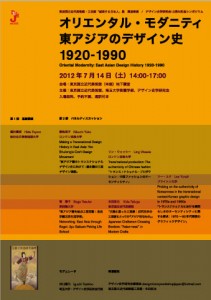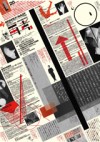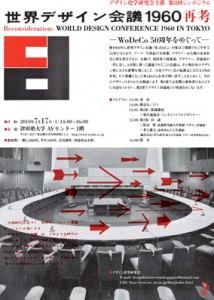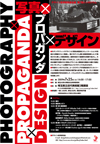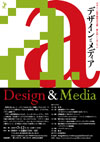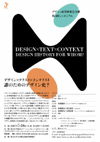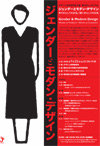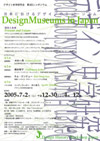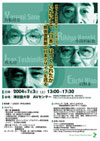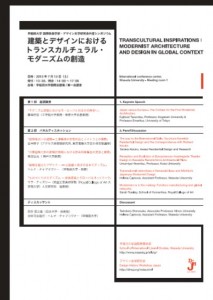 TRANSCULTURAL INSPIRATIONS:MODERNIST ARCHITECTURE AND DESIGN IN GLOBAL CONTEXT
TRANSCULTURAL INSPIRATIONS:MODERNIST ARCHITECTURE AND DESIGN IN GLOBAL CONTEXT
13 July 2013, at 14.00-17.00
Waseda University
Programme
Part 1: Keynote Speech
Fujimori Terunobu, (Kogakuin University& University of Tokyo)
Theme: Japan versus Europe ― The Contest for the First Modernist Architecture
Part 2: Panel Discussion
Tanaka Atsuko (Axess Residential Design and Research)
Theme: The way to the International Style: Tsuchiura Kameki’s Residential Design and the Correspondence with Richard Neutra
Hiromitsu Umemiya (Kobe University)
Theme: Reception and Evolution of Euroamerican Avant-garde Theatre Design in Kawakita Renshichiro’s Architectural Plans
Helena Capkova (Waseda University)
Theme: Transnational networkers ? Yamawaki Iwao and Michiko’s Japanese Modernist Design
Sarah Teasley (School of Humanities, Royal College of Art)
Theme: Modernism is in the making: Furniture manufacturing and global networks
Discussant
Tadokoro Shinosuke (Nihon University)
Coordinator : Helena Capkova (Waseda University)
